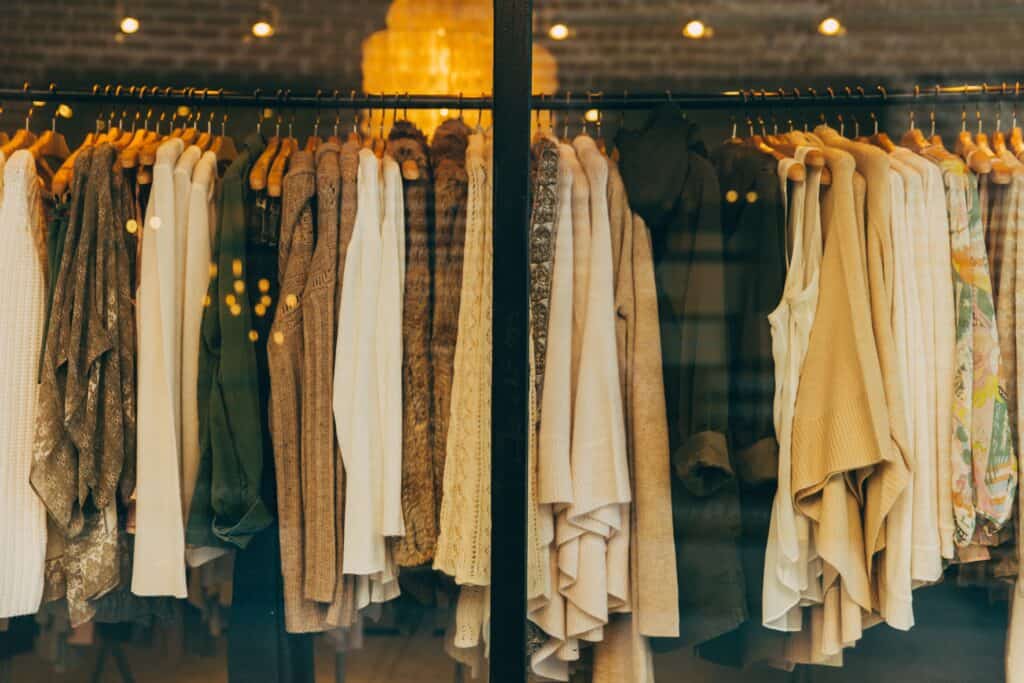
Sustainability is the zeitgeist of the current fashion scene, with almost 70% of consumers now considering eco-friendliness to be an important factor in their fashion choices. The rise of green fashion makes sense considering the fact that this industry alone is responsible for up to 10% of global carbon emissions, as reported by the UN. One way that the fashion industry has responded to the problem is by recycling; by attempting to do away with the single-season concept that was once attached to fashion. Thus, brands like Eileen Fisher are doing what would once be considered ‘unthinkable’—taking back discarded items from their own brand so these items can be remanufactured into brand-new designs. This is just one of many efforts that are going beyond recycling and upcycling.
Living, Breathing Clothing
The ultimate testimony to the importance and beauty of nature is that of biogarmentry—the use of living cells in clothing. These cells rely on the process of photosynthesis to survive, as plants do. The technology has been pioneered by the brand Roya Aghighi. Green algae is spun with nano polymers and the result is a fine fabric that is activated by sunlight and water. By wearing these garments, you actually purify the air around you, because they remove CO2 from the air in the same way that plants do.
Giving Plastic New Life
Plastics are choking our sea life, killing over 100 million marine animals on an annual basis. Thankfully, there is now a wide array of brands (including Mara Hoffman, Ecoalf, and Ettitude) that are using discarded fishnets and other unwanted plastic items to make beautiful clothing. Brands like Veja, meanwhile, known globally for producing ethical shoes, are creating sneakers that contain the material of three plastic bottles in each pair. The shoes are breathable and waterproof, meaning you can stick them into a washing machine without worry. If you wish to protect your shoes and keep your carbon footprint down, take a few necessary steps prior to sticking shoes into the washing machine. Remove insoles and laces, put them into a mesh laundry bag, and use organic detergent. If you have a choice between two types of machines, use a front-loading machine instead of a top-loading one, as it saves more water.
Taking a Multifaceted Approach to Sustainable Fashion
Brands like Patagonia are approaching green fashion from many perspectives. This company, which hails from Ventura, California, is tackling climate change from three perspectives: by taking part in robust environmental and animal welfare responsibility programs, by taking part in social responsibility programs, and by sharing information/providing transparency about their entire supply chain. For instance, 100% of the down they use is traceable, 100% of the virgin cotton used in their clothing is grown organically, and wool is obtained from farms that meet the highest standards for animal welfare and land management. By 2025, 100% of products will be made of 100% recycled, reclaimed, or renewable resources, and the company will be 100% carbon-neutral across the entire supply chain.
Sustainability in the fashion world these days means more than simply releasing ‘eco-friendly fashion lines’. Companies that take the environment seriously are going way beyond traditional methods, with companies like Eileen Fisher heading the ‘circular by design concept’ (which deems that clothing can have several lives). Sustainability is also about animal welfare and ethical working conditions, which all companies should strive to achieve if they are to make the biggest possible impact on the planet.



